Coffee prices record a turning point in price increase
Illustration photo. Photo: Internet
At the London exchange at 5:00 a.m. on April 11, 2025, Robusta coffee prices rebounded after a period of sharp decline, with an increase of 64 - 113 USD/ton compared to the previous session, trading in the range of 4,749 - 5,170 USD/ton. Specifically, the futures price for May 2025 reached 4,937 USD/ton; July 2025 recorded 4,896 USD/ton; September 2025 was anchored at 4,833 USD/ton and November 2025 was 4,767 USD/ton.
Meanwhile, the New York floor witnessed Arabica coffee prices continuing to increase slightly in the early morning of April 11, increasing from 0.60 - 1.15 cents/lb compared to the previous session, fluctuating between 332.20 - 361.50 cents/lb. Specific prices include: May 2025 is 342.85 cents/lb; July 2025 is 341.60 cents/lb; September 2025 is 337.45 cents/lb and December 2025 is recorded at 332.65 cents/lb.
At the end of the trading session on the same day, Brazilian Arabica coffee slightly decreased from 1.05 - 9.85 USD/ton compared to the previous day, fluctuating from 410.95 - 482.70 USD/ton. Specific terms include: May 2025 is 464.40 USD/ton; July 2025 is 426.05 USD/ton; September 2025 is 417.00 USD/ton and December 2025 down to 407.10 USD/ton.
Domestic coffee prices increased significantly
As of 5:00 a.m. on April 11, 2025, coffee prices in the Central Highlands region suddenly increased sharply after many sessions of deep decline, with an increase of 1,000 - 1,300 VND/kg compared to the previous day. The current average purchase price is 119,000 VND/kg.
Details for each locality are as follows: coffee price in Dak Lak today reached 119,000 VND/kg, while Lam Dong had a price of 117,300 VND/kg, Gia Lai maintained the price of 119,000 VND/kg and Dak Nong also recorded a similar price of 119,000 VND/kg.
This positive development is believed to stem from the US’s recent decision to reduce the import tax on coffee from Vietnam to 10%. This is good news for farmers, especially when they are actively holding onto their goods due to concerns about the supply shortage that has lasted for the past four years. This move is considered a step to temporarily ease trade tensions between the two countries.
However, experts still expressed concerns about the risks from the possibility of a global economic recession, which could sharply reduce demand for commodities, including coffee. Previously, the imposition of high tariffs had raised concerns that coffee and cocoa prices would continue to rise sharply when global supplies were tight.
Domestic pepper prices increase unexpectedly
At 5:00 a.m. on April 11, 2025, the domestic pepper market recorded a clear upward trend, with an increase of 1,000 - 2,000 VND/kg compared to the previous session. The current average price in key areas reached 149,200 VND/kg.
In Gia Lai province, pepper prices recorded an increase of VND 1,000/kg compared to yesterday, raising the purchase price to VND 148,000/kg.
Following the same trend, the Ba Ria - Vung Tau market also increased by 1,000 VND/kg compared to the previous session, pepper price today reached 149,000 VND/kg.
Pepper prices in Binh Phuoc are also on the rise, currently reaching a purchase price of 149,000 VND/kg.
In Dak Lak and Dak Nong provinces, pepper prices recorded the highest increase, reaching 2,000 VND/kg compared to yesterday, currently standing at 150,000 VND/kg.
World pepper prices recover slightly after a series of deep declines
According to information from the International Pepper Community (IPC) updated at 5:00 a.m. on April 11, 2025, the global pepper market showed signs of a slight recovery and stabilization after previous sharp price declines. In particular, the Indonesian market increased sharply from 69 - 95 USD/ton; Vietnamese pepper prices have leveled off after a sharp decline; other markets maintained a sideways trend.
Specifically, IPC recorded the price of Lampung black pepper (Indonesia) at 7,147 USD/ton, while the price of Muntok white pepper is 9,805 USD/ton.
In Malaysia, the pepper market price remained the same as the previous session. Currently, ASTA black pepper is purchased at 9,850 USD/ton, ASTA white pepper at 12,300 USD/ton.
Pepper prices in Brazil remained unchanged after previous adjustments, currently fluctuating around $6,800/ton.
Meanwhile, the Vietnamese pepper market is moving sideways and stabilizing again. The export price of black pepper is currently at 6,600 USD/ton for the 500 g/l type; the 550 g/l type is traded at 6,800 USD/ton, while the price of white pepper is 9,600 USD/ton.
US postpones tax imposition - golden opportunity for Vietnamese pepper
The US decision to suspend reciprocal tariffs for 90 days is expected to create an opportunity for the Vietnamese pepper industry to recover. “After pepper prices fell by about VND10,000/kg in just one week, this information will help prices recover in the coming time.”
According to a representative of the Vietnam Pepper and Spice Association (VPSA), export contracts to the US are currently being resumed. During the tax deferral period, the parties will temporarily finalize prices, although Vietnamese pepper is still subject to an additional 10% tax. However, because this tax rate is applied equally to all suppliers, Vietnam's competitiveness in the US market will not be affected.
In response to market developments, VPSA has also made recommendations to reassure farmers and businesses and avoid panic. The association advises farmers to maintain stable production, avoid panic selling, and aim for sustainable farming standards to increase product value. In the short term, prices may fall due to delivery restrictions, but prices are expected to increase again in the next one to two months as most supplies remain in the hands of growers.
VPSA forecasts that supply and demand will continue to be key factors affecting prices in the coming time. Whether the US continues to impose tariffs or not, global supply is still in short supply, which will support pepper prices to increase in the medium and long term.
A big advantage for Vietnamese pepper is that the US is unable to produce it due to unsuitable climatic conditions, forcing the country to import it entirely. Vietnam currently holds more than 77% of the pepper market share in the US. In addition, pepper is an essential ingredient for the food industry, from restaurants, fast food chains to processed food production.
Furthermore, pepper production in countries such as Indonesia and India is falling sharply due to the impact of climate change, pests and high input prices, while global consumer demand is on the rise. As the world's leading pepper producer and exporter, Vietnam possesses a modern processing system and large-scale raw material areas, helping to maintain a key role in the global supply chain.
Source: https://doanhnghiepvn.vn/kinh-te/gia-nong-san-ngay-11-4-2025-ca-phe-va-ho-tieu-dong-loat-tang-manh-sau-chuoi-ngay-giam-sau/20250411094037300


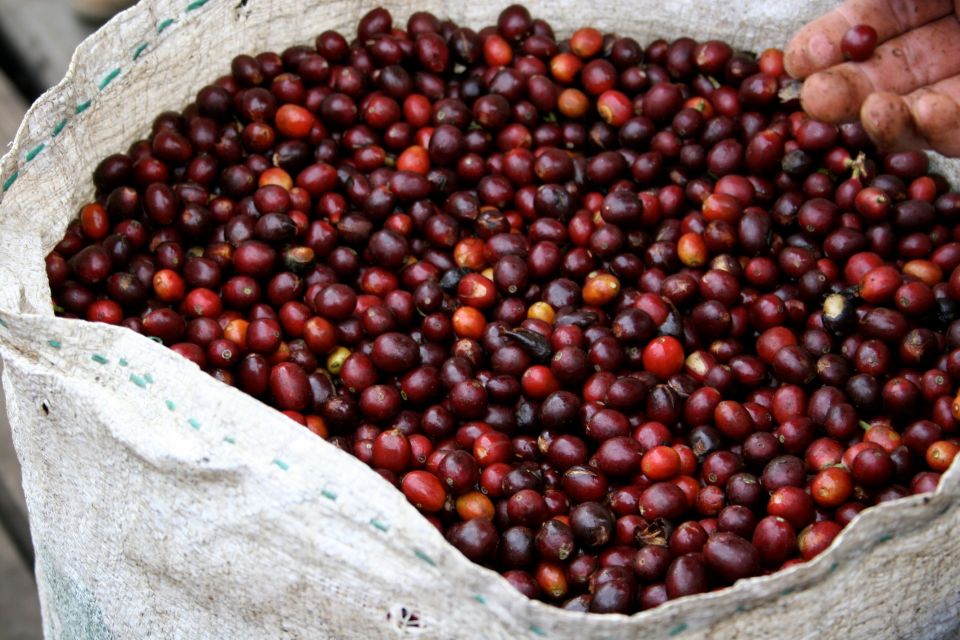

![[Photo] Panorama of the Opening Ceremony of the 43rd Nhan Dan Newspaper National Table Tennis Championship](https://vphoto.vietnam.vn/thumb/1200x675/vietnam/resource/IMAGE/2025/5/19/5e22950340b941309280448198bcf1d9)
![[Photo] General Secretary To Lam attends the conference to review 10 years of implementing Directive No. 05 of the Politburo and evaluate the results of implementing Regulation No. 09 of the Central Public Security Party Committee.](https://vphoto.vietnam.vn/thumb/1200x675/vietnam/resource/IMAGE/2025/5/19/2f44458c655a4403acd7929dbbfa5039)
![[Photo] President Luong Cuong presents the 40-year Party membership badge to Chief of the Office of the President Le Khanh Hai](https://vphoto.vietnam.vn/thumb/1200x675/vietnam/resource/IMAGE/2025/5/19/a22bc55dd7bf4a2ab7e3958d32282c15)
![[Photo] Close-up of Tang Long Bridge, Thu Duc City after repairing rutting](https://vphoto.vietnam.vn/thumb/1200x675/vietnam/resource/IMAGE/2025/5/19/086736d9d11f43198f5bd8d78df9bd41)








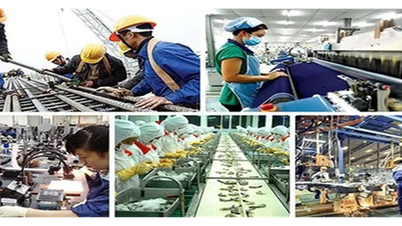








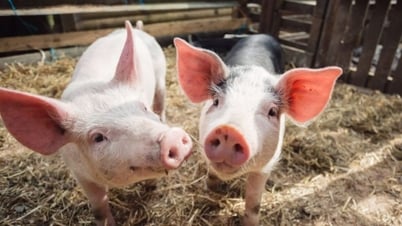
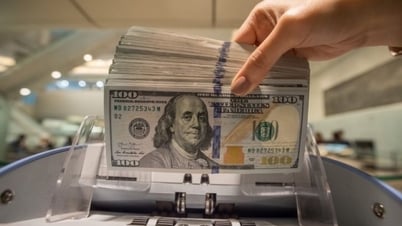
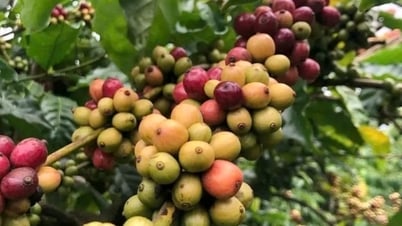
![[Photo] Prime Minister Pham Minh Chinh inspects the progress of the National Exhibition and Fair Center project](https://vphoto.vietnam.vn/thumb/1200x675/vietnam/resource/IMAGE/2025/5/19/35189ac8807140d897ad2b7d2583fbae)




















































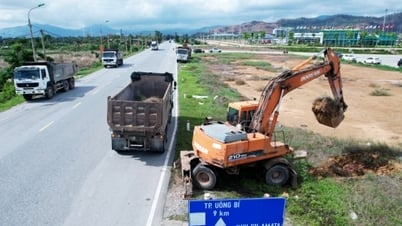









![[VIDEO] - Enhancing the value of Quang Nam OCOP products through trade connections](https://vphoto.vietnam.vn/thumb/402x226/vietnam/resource/IMAGE/2025/5/17/5be5b5fff1f14914986fad159097a677)



Comment (0)